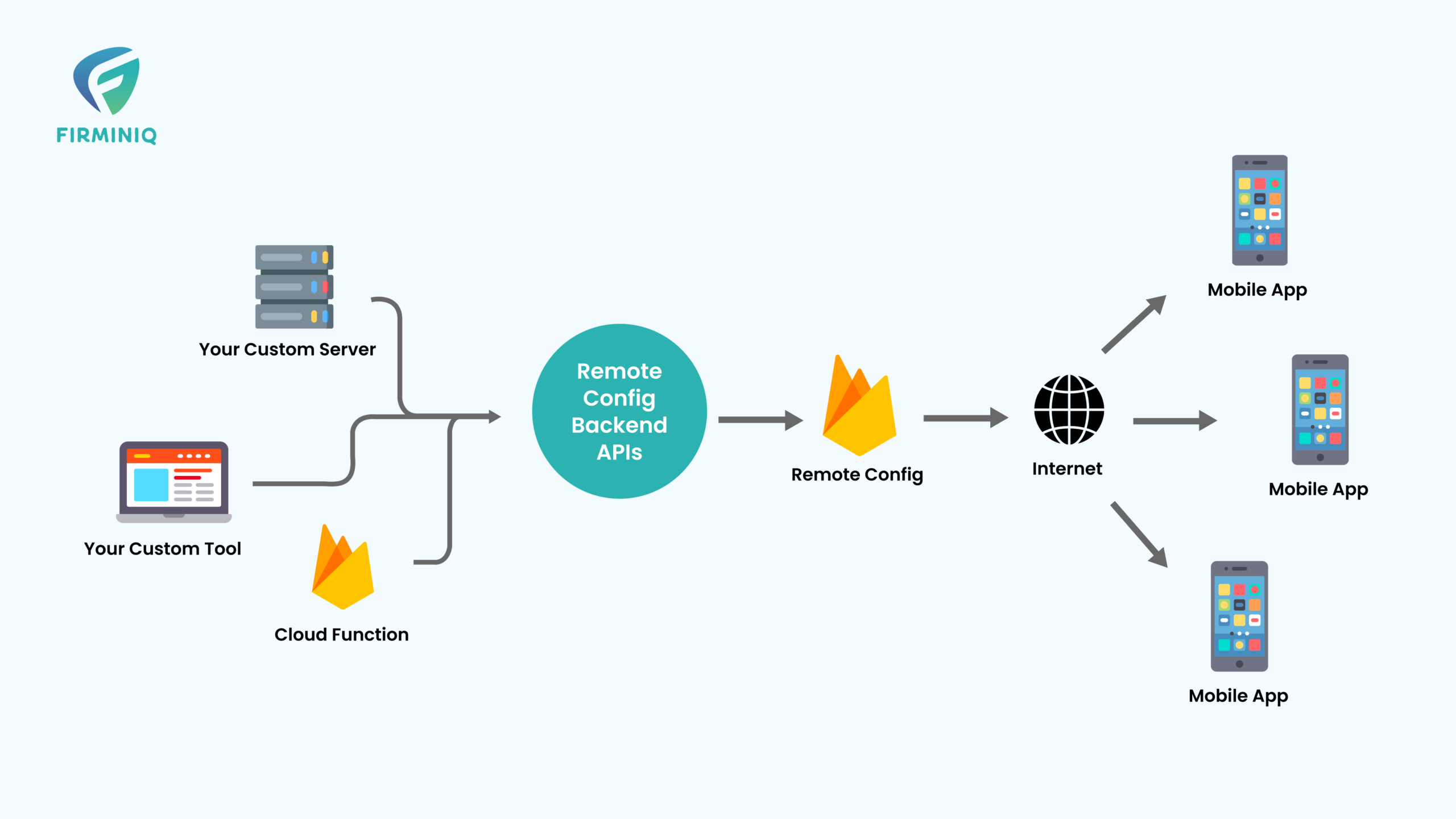India’s rural population, constituting over 64% of its total, faces disproportionate healthcare challenges. For many rural families, seeing a doctor or getting tests done means traveling long distances, which takes time and money they often don’t have. With fewer doctors, clinics, and pharmacies in these regions, even simple health problems can turn serious. People with chronic illnesses like diabetes or high blood pressure often go without regular check-ups or treatment.
But things are starting to change. Thanks to technology like Remote Patient Monitoring (RPM) and Telehealth, care can now reach people right where they are, at their homes. These tools are making it easier to get advice from doctors, track health regularly, and respond early to warning signs. It’s not just about convenience, it’s about giving everyone, no matter where they live, a fair chance at good health. This shift is helping bridge the gap and build a more equal and connected healthcare system across rural India.
In this post, we explore how RPM and Telehealth are transforming rural healthcare in India by addressing infrastructure gaps, enabling early intervention for chronic conditions, and bringing equitable care to the doorstep of underserved communities.
A Statistical Snapshot of The Challenges of Rural Healthcare in India
Before diving into how Remote Patient Monitoring (RPM) and telehealth are making a difference, it’s important to understand the everyday realities of rural healthcare in India. The challenges here aren’t just logistical, they’re deeply systemic. Below are the three most pressing issues:
Skewed Infrastructure
Rural communities across India lack basic healthcare facilities. While a majority of the population lives in rural areas, most of the country’s healthcare resources are clustered in cities. “Nearly 75% of India’s health infrastructure, doctors, and resources are located in urban areas, which only house 27% of the population.” – National Library of Medicine
Workforce and Access Gaps
Even where facilities exist, there simply aren’t enough doctors, nurses, or support staff to go around. This shortage impacts both preventive care and timely treatment, especially for communities that rely on daily wages and can’t afford to take long trips for medical visits. “Rural India contributes nearly 46% of the national income and is home to 68% of the workforce yet still struggles with a severe lack of medical professionals and infrastructure.”- Telehealth & Medicine Today
The Rise of Lifestyle Diseases
Chronic conditions like diabetes, hypertension, and heart disease aren’t just urban problems anymore. They’re quietly becoming a major concern in rural India too. Unfortunately, due to limited awareness and a lack of regular check-ups, these conditions often go undiagnosed or unmanaged until it’s too late. “Chronic diseases (including cardiovascular and respiratory diseases, mental disorders, diabetes, and cancers) and injuries are the leading causes of death and disability in India—their burden will continue to increase during the next 25 years as a consequence of the rapidly aging population in India.”- Science Direct
How RPM and Telehealth Work Together to Bridge the Gap in Rural India
RPM allows health professionals to track patient health data such as blood pressure, blood sugar, oxygen levels, and heart rate, without the patient needing to visit a hospital or clinic. Devices can be used at home, and the readings are automatically shared with the healthcare provider.
Telehealth, on the other hand, enables virtual consultations, follow-ups, and medical advice via phone or video, removing the need for long-distance travel. When used together, these tools close the distance between patient and provider.
This combination allows for:
- Early detection of deteriorating conditions
- Personalized care plans and ongoing support
- Fewer hospital visits and reduced financial strain
- More efficient use of the limited healthcare workforce
Why This Matters for Rural India
For rural patients, especially those with chronic diseases, the burden of traveling for care often leads to skipped check-ups, delayed treatment, or complete disengagement from the healthcare system. RPM and telehealth make care more continuous and proactive rather than reactive.
Instead of waiting for a health crisis to happen, doctors can now intervene early — sometimes before the patient even notices symptoms. This shift not only saves lives but also helps avoid costly hospitalizations and complications.
“Effective RPM deployment in rural and regional areas is viewed by health professionals as crucial for bridging healthcare divides.” – NLM.
Getting RPM and Telehealth to Work in Low-Resource Settings
While the potential is huge, successful implementation requires thoughtful planning. Here are some practical strategies:
Use Simple, Affordable Technology
Devices that can run on basic smartphones, use 2G/3G networks, or store data offline and sync later are ideal. Focus on vitals that matter most in chronic care — like glucose, BP, and oxygen saturation.
Train Community Health Workers
ASHA workers, nurses, and local volunteers can be trained to deploy RPM devices, onboard patients, and follow up. These frontline health workers already have relationships with local communities.
Local Language & Visual Interfaces
To overcome digital literacy barriers, telehealth apps should support regional languages, voice instructions, and icon-based navigation.
Involve the Family
Many rural patients rely on family for care. Involving caregivers in tracking and reporting helps improve adherence and understanding.
Build Trust with Human Touch
Even with digital tools, human connection is essential. Virtual consultations should be personable and accessible. Periodic in-person visits (quarterly or semi-annually) can strengthen trust.
The Role of Government and Public-Private Partnerships
India’s Ayushman Bharat Digital Mission (ABDM), eSanjeevani platform and M-Swasth are important steps in building a digital health ecosystem. According to the Telehealth & Medicine Today, “eSanjeevni has already made a significant impact, serving over 277 million patients through a vast network of 127,499 Health and Wellness Centres, supported by 16,211 hubs and more than 477 online out-patient departments. On the other hand, M-Swasth has successfully served over 5 million patients, demonstrating the critical role of stand-alone private organizations.”
Meanwhile, initiatives like the National Health Stack aim to unify digital health data for better planning and patient continuity.
Private players, NGOs, and startups also play a crucial role by providing scalable technology, localized deployment, and support. Collaboration between state health departments and private tech innovators can significantly accelerate rural adoption.
Challenges That Still Need Solving
Despite progress, several barriers remain:
- Poor internet connectivity in many villages
- Inconsistent electricity supply
- Skepticism about remote care
- Lack of incentives for private doctors to participate in rural programs
To overcome these, India needs to continue investing in digital infrastructure and create policies that reward long-term patient engagement and preventive care.
Looking Ahead: A Healthier, More Connected Rural India
The road to transforming rural healthcare is long — but no longer out of reach. With the thoughtful use of RPM and telehealth, supported by strong policies and community participation, we are finally closing the gap that has separated millions from the care they deserve.
This is not just about technology — it’s about trust, continuity, and access. It’s about building a future where no patient is too far to reach, and no condition is left unmanaged because of where someone lives.
Let’s bridge the last mile. Together.






